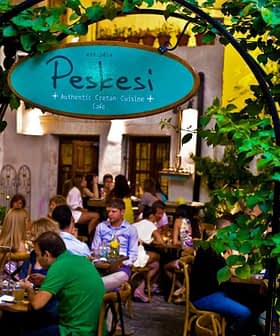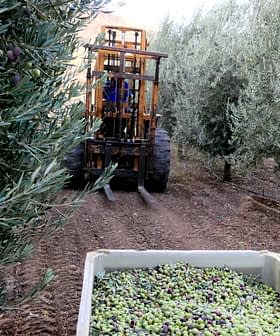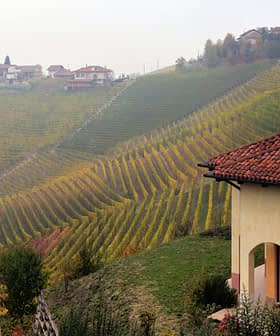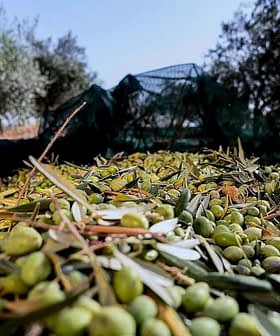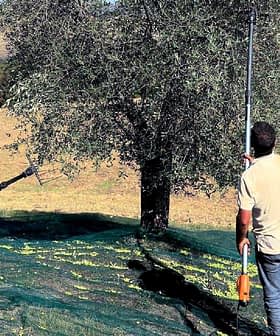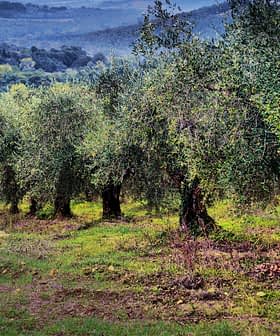
Organic olive oil accounted for at least a tenth of all virgin olive oil imported by the United States in 2012/13, according to the International Olive Council (IOC).
Buyers have gone from thinking about it to doing some market tests.
The IOC is now tracking the organic category thanks to new international customs codes which made this feasible as of last year, the IOC said.
From October 2012 to September 2013, a total of 298,828 tons of olive oil was imported by the US, the world’s biggest importer of olive oil and table olives. About 64 percent of this was virgin and extra virgin olive oil — about 191,000 tons in total — of which a tenth was organic, thus just over 19,000 tons.
However the IOC said its US trade data from the U.S. Census Bureau provided details on organic olive oil only from January last year, thus there are no figures for this category for October to December 2012.
Opportunity in organic food production
US-based international specialty food broker and consultant Liz Tagami said her company, Tagami International, is receiving more calls for organic olive oil than five years ago.
“Buyers have gone from thinking about it to doing some market tests,” she said.
“If you take Tagami International as one data point, it appears interest is growing as the number of inquiries I receive asking about the difference between organic and conventional has increased.
“People don’t realize how few chemical inputs there are in modern olive cultivation — it is not like corn, wheat or soy. That difference, along with the higher price of organic has been a governor on growth. That said, the use of organic olive oil in food production where the entire formulation is organic is an opportunity,” she said.
Catalan exporter finds Canadian market easier
In Lleida, Catalonia, Emma Rovira, sales director of Molí dels Torms, said all the company’s olive oil is certified organic extra virgin. Sold under the Olicatessen label, she said very little was exported to the US because it is a difficult market with intense pressure on prices and the need for high volumes. She said the company’s biggest export market is Canada, followed by Japan, “where they never dispute the asking price but haggle over factors such as quality, taste and labeling”, Belgium, Germany and Holland.
Also in Lleida, Ramon Barrull Becerra, president of the small La Granadella Cooperative, said it is in only its second year of producing certified organic extra virgin olive oil, which will this year total only about 25 tons, just 5 percent of its total production under the Degustus label. After selling all the oil from the first year of organic production, the cooperative has quadrupled its organic output this year and sells most of it to shops specializing in organic goods.
Barrull said the cost of organic production is about a quarter higher than non-organic. One reason is the fertilizer costs more but delivers lower production capacity, he said.
Demand and risk in organic goods
A report last year by Spain’s Institute of Foreign Trade (ICEX) said olive oil leads sales of organic oils in Germany, where the growing demand for organic produce is one of most striking tendencies in the German food market. Meanwhile, according to a recent report on fraud in the food chain by the European Parliament Committee on the Environment, Public Health and Food Safety, olive oil, fish and organic foods are the products most prone to such fraud.
Current customs codes for organic olive oil
As of July 2013, the relevent organic codes in the harmonized tariff schedule are:
- 1509102030: organic extra virgin olive oil in container under 18 kg
- 1509104030: organic extra virgin olive oil in container of 18 kg or more
- 1509102040: organic virgin olive oil in container under 18 kg
- 1509104040: organic virgin olive oil in container of 18 kg or more.

